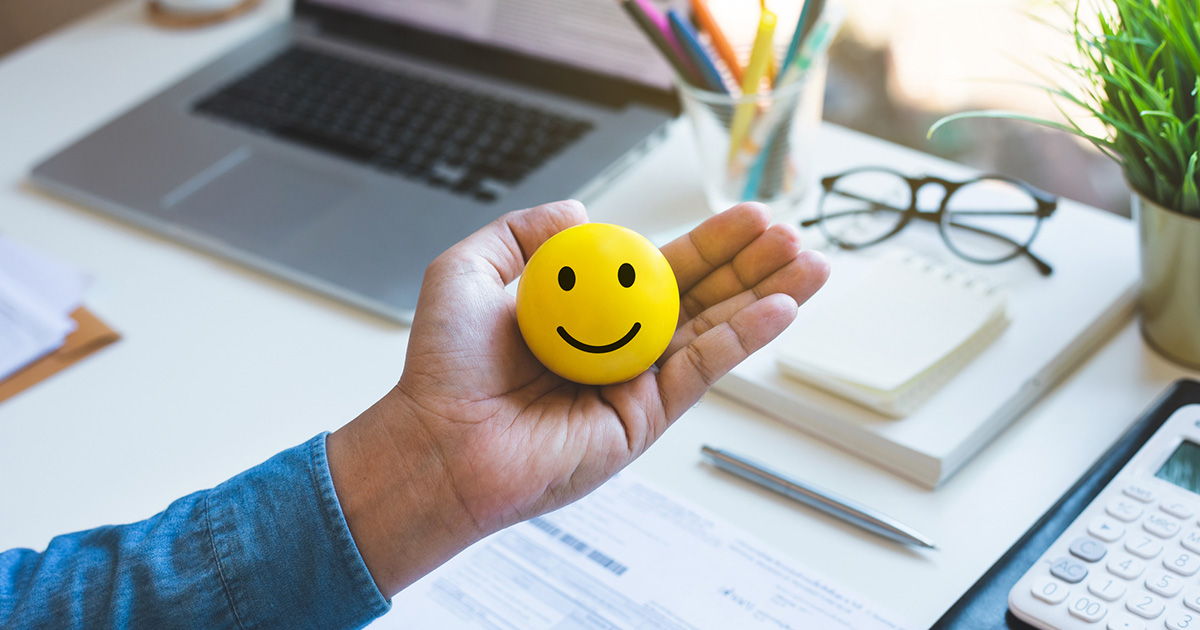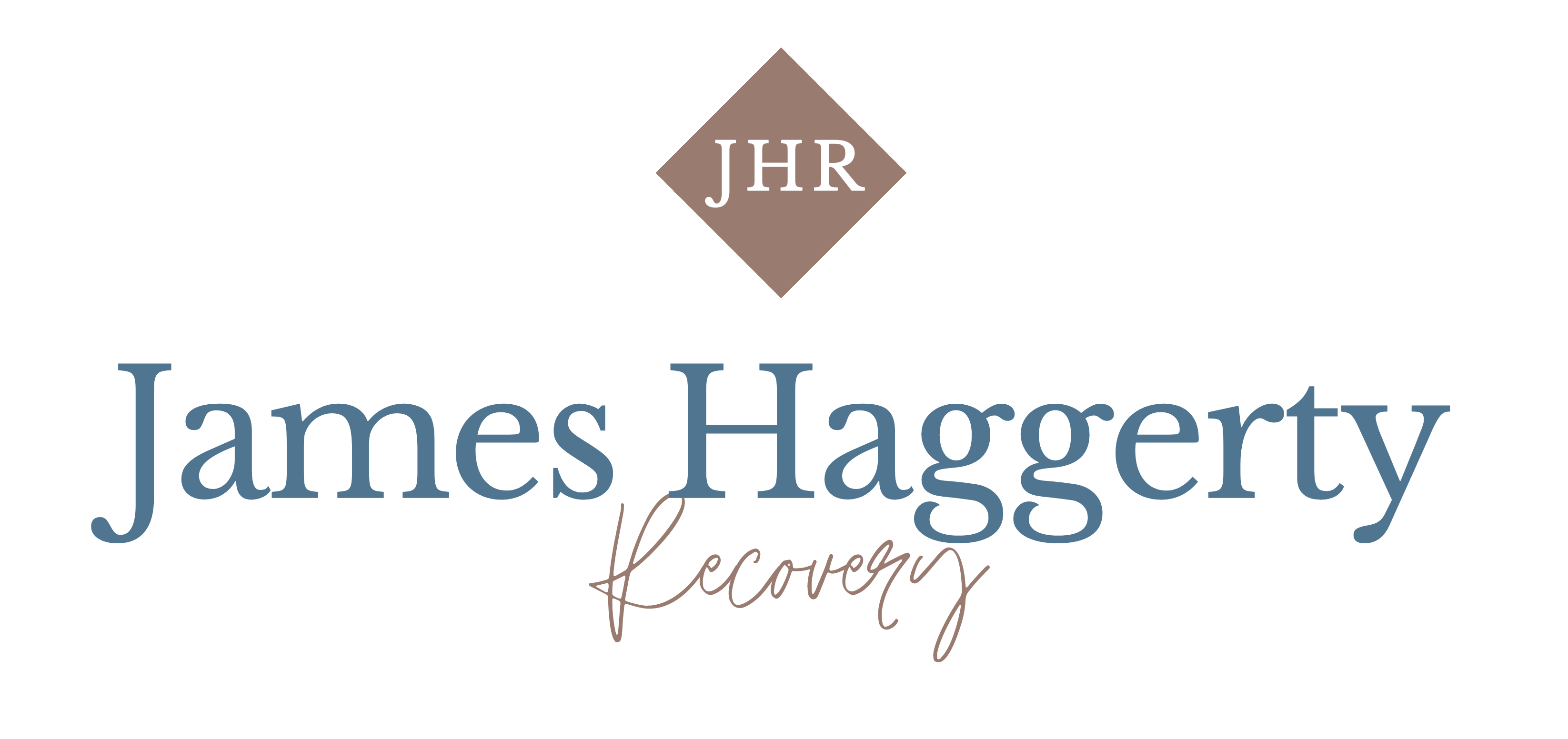Employee Self Care and Creating a Healthy Workplace
As a manager, finding ways to integrate some subtle yet effective self care activities into your workplace’s routine can benefit all employees, management, and staff alike. Incorporating common self care routines and actions into the workplace, especially when working in a stressful field like a recovery center, can be beneficial for your team’s mental, physical, and emotional health, keeping your staff at their most productive throughout the day.
What Is Self Care?
Self care, regardless of the setting, is the process of setting aside time for your well-being or prioritizing what you need to help improve your physical and mental health. For some, self care can include an in-depth beauty routine, massage, or other cosmetic change. Others, especially those who see exercise as a form of stress relief, might enjoy going to the gym or going for a run as their preferred method of self care, releasing endorphins and boosting mood in the process. The goal of any self care activity is to set time aside to de-stress and focus on your physical and mental health, especially after a long workday, helping to recoup and prepare for the next day in the office.
Does this mean that any and all after-work self care activities should be put off until after work? No, maintaining a work/life balance is crucial for proper mental health support, but that does not mean all self care activities should be shelved until the end of the day. Integrating small, frequent bursts of self care activities throughout the workday can help staff mentally prepare for their time away from work while providing a necessary stimulus break from the stress of the day, improving team output and productivity while preventing burnout.
How Does Self Care Improve The Work Environment?

Self care integration throughout the workplace can take on a variety of forms, ranging from restructuring staff interactions like meetings and lunches to changing the current standards in a particular business model. These changes can range from minimal to extreme, from flexible work schedules to worksite renovations, but the end goal of these changes is to encourage and increase productivity, helping employees work on their mental health and find focus, especially in the healthcare field. Promoting these behaviors while subtly modeling them for the team is a highly effective way to cultivate an environment of self care in the workplace. Some of these habits and behaviors include:
Promoting Healthy Habits
Depending on the benefits package offered to employees, increasing or encouraging the use of health-oriented perks, like preventative health screenings or gym memberships for exercise, can be a perfect way to promote self care oriented behaviors for employees. Staying healthy both physically and mentally is critical for keeping morale and productivity high.
Similarly, offering healthier lunch choices or providing healthy snacks, especially during longer, more in-depth meetings, can help employees feel supported from a dietary standpoint. From a mental clarity perspective, encouraging mindfulness or stress management is always beneficial for a positive work environment, especially in workplaces that require more physical and emotional commitments.
Make Ergonomic Business Changes
Seating, lighting, and workspaces heavily impact the productiveness and comfort of a workspace, so creating an environment that helps staff work more mindfully is a very important aspect of self care. The typical design of the office, with stiff chairs, fluorescent lighting, and heavy desks, creates a very artificial setting that can be detrimental to productivity. Instead, incorporating more posture-supporting seats, moveable desks, and quality lighting that’s less harsh on the eyes can make the work environment seem more inviting and less constricting.
Another example is adjustable height desks, which are a great alternative to traditional sitting desks and allow employees to choose whether they want to sit or stand as they work. For workplaces with more employees who spend a lot of time on their feet, like those in healthcare, encouraging sitting breaks and providing seating areas for break times is crucial.
As a further alternative, kneeling chairs or exercise balls expand seating options and may help employees feel more comfortable at their desks. These ergonomic changes can make desk and office work feel less uncomfortable for employees, helping them feel more supported in the workplace.
Reshape Business Goals and Standards
One of the biggest stressors for any work environment is setting unrealistically high output goals or production limits meant to push efficiency. Although they seem like they could drive productivity, unattainable business goals can make employees more likely to suffer from burnout after trying to meet impossible quotas. Some companies have found success in integrating a “stop working” goal for employees, giving them the freedom to set a limit on the time they spend on a single task. Similarly, creating a more flexible scheduling option for employees, either to help with emergencies or for general stress relief, will allow employees to feel more in control of their workday.
Celebrate Employees
Employee recognition incentives are some of the easiest, most heartfelt ways to reward employees for their hard work, and the expectation of these rewards can create a caring, supportive work environment for staff. Offering employees the opportunity to earn gift cards or celebratory lunches for their hard work helps foster a community focused on encouragement. As a manager, one of the most meaningful roles you play in your employee’s self care at work is as a source of encouragement, helping them grow and flourish in their position.
Celebrating the hard work of the team with an office party or after-work celebration can encourage a mindset centered around recognition and celebration of team efforts. For tenured employees, celebrating milestones with office celebrations can be encouraging, as reinforcing their importance to the company is crucial for morale. Overall, acknowledging the hard work of the team can reinforce their importance as members of the team, helping them feel more confident in their positions and more at ease at work.
How Can Managers Promote Employee Self Care?

The main directive of a manager is to lead your team, and when it comes to self care, this cannot be more important. Taking care of yourself can be used as a behavior model for your staff, helping them set their own goals and limits concerning their behavior. For example, if you want to create a communication boundary for work-related issues as a way to help employees foster a healthy work-life-related balance, getting more comfortable asserting that boundary can help reinforce it for your staff.
That being said, encouraging healthy habit formation and creation can take time, but in the end, these changes will pay off, providing employees with the self care opportunities and skills needed to keep them at their peak.
Workplace Self Care Examples
Finding a self care system that is compatible with the workplace can take some trial and error, especially with a larger group of employees. Some processes that can work for one team could be detrimental to another, so figuring out what can be done to create a prosperous and stress-free work environment involves evaluating various options. Employee input, especially concerning these new standards of communication or work, can inspire different self care paths, helping to narrow down any choices when looking to put new policies into action.
Two of the main areas that self care oriented changes impact employees are communication and individuality in the workplace, both affecting the way management communicates with their team and vice versa. Here are some interesting self care examples that can help change the energy and productivity of the workplace while encouraging staff to embrace their unique space and team of coworkers.
Self Care Changes for Communication
When it comes to one-on-one communication, checking in with employees regularly is encouraging and can help foster a productive relationship between staff and management. As a member of the management team, these one-on-one check-ins are perfect for getting to know your staff and finding out the best way to support the mental health of employees. For example, if one team member feels that verbal feedback on their work is more beneficial than written correspondence, they can express this in these one-on-one meetings, and in the future, speaking to them about their position and performance can be done in person to reinforce that they have been heard and had their feelings recognized.
Self Care Items for Employees
In the workspace, creating an environment that is unique, comforting, and a reflection of each employee can help them feel at home in their space. Good office design, quality furniture, and interesting decor can all contribute to this homey feeling at the office. Personal photos, plants, posters, and even interesting artwork can create a cohesive space, and giving employees the freedom to redesign their space to their liking can provide a much-needed opportunity for defining their space. For healthcare staff that requires name tags or plates, decorating and personalizing these name tags can be a subtle expression of an individual employee’s personality.
Encouraging and Valuing the Importance of Self Care

Self care is a crucial component of stress relief, especially when unwinding after a long day at work; however, incorporating more opportunities to have more frequent self-care moments in the workday can help limit any work-related stress taken on by employees.
The impact that working in a hospital or recovery center can have on the health of staff goes beyond physical demands — it is a mental commitment, and providing small ways to help staff relieve that stress load is crucial for keeping the team functioning at their best capacity. Understanding and limiting burnout is essential to helping staff power through the stressfulness that is in the healthcare industry, and the most effective way to do this is through self care changes and encouragement.















